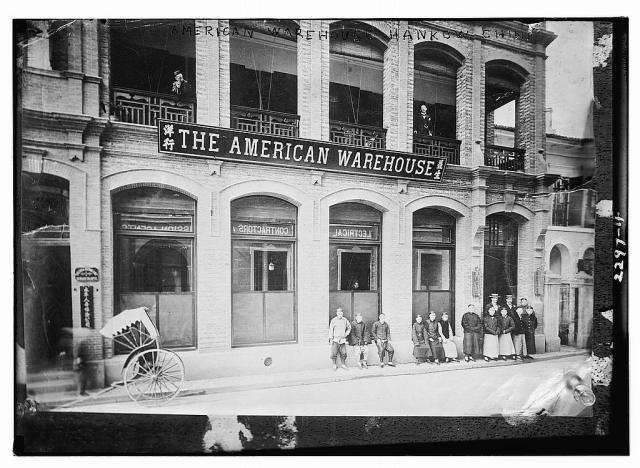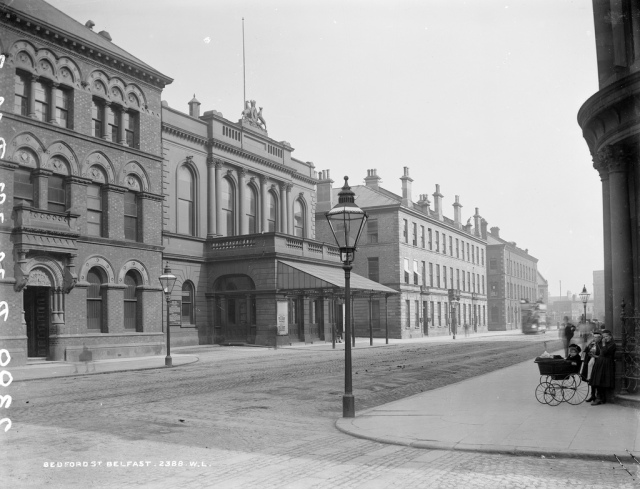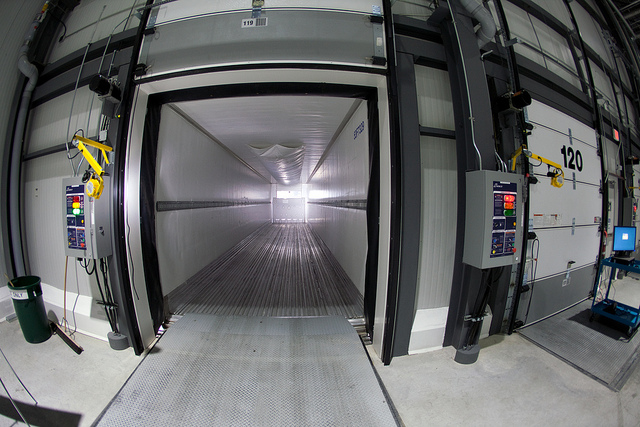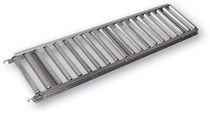
Courtesy of Mike McCaffrey
By Kim Stebbins
Creative Ways to Repurpose Used Shipping Pallets
I can’t take credit for these great DIY pallet projects and the pictures of them in this post, but the idea for it was due to four factors:
- Green–I have an honest and sincere interest in green warehousing and sustainability–which naturally includes reusing and recycling.
- Pinterest–I often contribute to Next Level’s boards and I am secretly addicted to it.
- Arts and Crafts–I have an Artsy-Craftsy-DIY appetite that rarely gets satisfied these days (because I work too much–hear the violins?)–that’s where the repurposing comes in.
- The Internet–I love the internet–such a great way to quickly and easily discover all kinds of interesting, useful and sharable tidbits. Even though my law-student son very recently posted this on My Wall: “Mother, it is time for you to quit the Internets…” (all I did was tag him in an adorable PBS Digital Studios remix of Julia Child tapes called “Keep on Cooking“–is that so bad? And when did The Internet become plural? I threatened to unfriend him–right there on my wall–but that’s another story…)
The DIY-Green-Reuse-Recycle-Repurpose the Pallet light-bulb started like this: Recently, as I was happily pinning away on Pinterest, I decided to create a new board for Next Level (there are only so many material handling boards you can create before you have to start thinking outside of the box). I named my new board, “Reuse, Recycle, Repurpose,” without any real clear notion of where I was going with it.
The next thing I knew, I was finding the most amazing uses for wooden pallets–did you know you can even build a real house from them? There are hundreds of very creative ideas for repurposing used pallets (which are just downright cheap or even free)–on blogs, DYI sites, Eco-Green sites, and, of course, on Pinterest. Where have I been and why haven’t I thought of this?
If you are an ecological DYIer who enjoys turning trash into treasure and saving money to boot, I promise you will become hooked on pallet repurposing. Even if you don’t have time to actually create a pallet masterpiece, at least you can have a ton of fun just thinking about how you might do it someday. Here are a few of my favorites:
The Pallet Bed

Platform bed made of free pallets and $3 worth of hardware.
This Shipping Pallet Bed is featured in the Apartment Therapy post “Nick and Rachel’s Creative Warehouse in the Loft.” The creative and green couple’s proudest DYI? “Definitely our pallet bed. We salvaged pallets from the neighborhood and created a lovely platform bed with a simple design and little more than $3 in hardware.” (Well, they are both artists, so they managed to make it look really beautiful in their artsy NYC digs–but seriously, how many people could really pull this off?)
Pallet Staircase

Pallet Stairs in a Pallet Office
Check out this Pallet Office at Curbly.com–it was designed as a temporary office for an ad agency. Though I thought the pallet tables, desks and benches were very clever, I was most impressed with these amazing Pallet Stairs.
Pallet Chill Out Room

A tiered pallets sofa/daybed is perfect for a home theater.
An abandoned warehouse in Brazil becomes a “chill out space” for employees of a sports marketing company, complete with a home theater with seating and more, made from–you guessed it–pallets! Head over to Treehugger.com for the rest of the story. (Do you have a “chill out space” at your office? Tell the boss you want one and you know a totally cheap way to make it–flat screen excluded.)
Pallet Playhouse

Using free pallets, this playhouse only cost about $200 to make.
For step by step instructions with a lot of explanatory pictures, go to Instructables.com and learn how to make this adorable Pallet Playhouse. With the free pallets pilfered from his work, the author spent about $200 in all, excluding his labor. If you have ever purchased a playhouse, you know that is a real bargain (though I have never known a kid to play in one more than five times, so if you have a lot of extra time on your hands after working all day and taking care of the children, go for it!)
Pallet Garden

A Vertical Pallet Garden
I discovered on Pinterest that pallets lend themselves to all kinds of gardeny applications (gardeny is not really a word, according to Spell Check–but according to them, Pinterest isn’t a word either). I am rather enamored with the vertical garden, which really shows off the humble pallet origins. I did find out that if you plan to eat what you grow in a pallet, don’t use a pallet that has been fumigated with pesticides. Get one that has been heat-treated instead. I assume that means you will have to purchase a new one to know for sure, but hey, even new pallets are pretty economical (though that negates the whole RRR premise of this post).
Click here to read a great a blog post on how to steal used pallets and craft your own vertical pallet garden (the upshot is, when you see some used pallets lying around, “…if it looks good, run your happy ass out there and take it. Take gloves to avoid splinters). I would avoid planting edibles.
Pallet House

A house made almost entirely from pallets.
Pallet houses are for real. This just happens to be my favorite. It’s pushing the envelope a bit to call this DIY, unless the Yourself part happens to be a builder. This incredible Paletten Haus was designed by two students from the University of Vienna and won the 2008 GAUDI European Student Competition on Sustainable Architecture. Thanks to Inhabitat.com for sharing this beautiful and amazing structure. Click on the Paletten Haus link to see more–it’s worth it!
Pallet Floor

Upcycled Pallet Floor via Arctic Plank
Not quite your regular old backyard DIY project, but WOW! According to the Arctic Plank website:
Arctic Plank manufactures high quality recycled wood flooring on demand. With our unique handling method we transform salvaged lumber, wooden pallets or timber into unique wooden flooring or any other product for that matter.
Arctic Plank’s main product is the wooden pallet hardwood floor. Quite impressive!
~~~~~~~~~
I am truly amazed at all the creative uses that abound for used pallets. Thanks to the “internets,” I have had quite an enjoyable journey into a combined world of material handling, creativity, recycling, and social media. Google “pallet repurposing” and you will find so much more: pallet coffee tables, pallet chandeliers, pallet dining tables and china cabinets–the list goes on. Or just log on to Pinterest and search “pallets”–you will be amazed! You might even get hooked.
PS. I think I heard a commentator on NPR (I’m addicted to that too) say “internets” so I am going to google that right now to find out if I have missed out on something. BRB…
PSS. Ok, I’m back from the Internets and this is what I found out from Wikipedia:
“Internets” is a Bushism-turned-catchphrase used humorously to portray the speaker as ignorant about the Internet or about technology in general, or as having a provincial or folksy attitude toward technology.
O.M.G. My son was totally making fun of me! That is so wrong. I birthed him (24 hours labor!), changed his diapers, breast-fed him for a full year, bought him his first computer in 1992 (he was four!). He was the first in his group to even have access to the internets–the list goes on…
Visit our website to learn about Next Level material handling products.







































